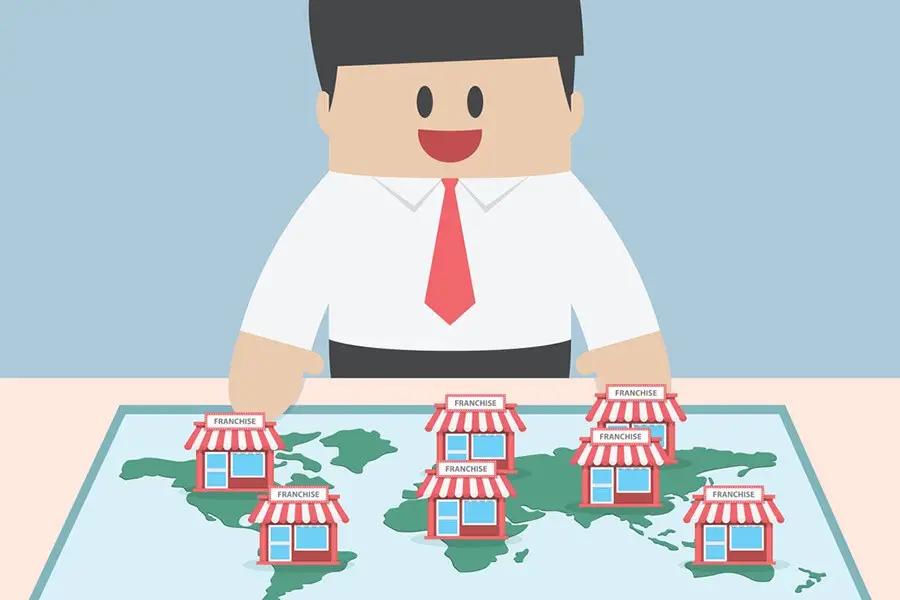E-commerce reached a high level of maturity in 2025. Leading platforms in the Russian Federation — Wildberries, Ozon, Yandex Market — continue to grow their audience, expand their assortment, and implement automation mechanisms for sellers. However, intensifying competition raises one of the main questions for a novice entrepreneur: is it too late to enter marketplaces in the conditions of an overheated market?
The positions of the leaders have solidified, product niches are largely occupied, and advertising costs are rising. On the other hand, the customer base is growing, delivery geographies are expanding, and algorithms are being improved. Therefore, evaluating entry in 2025 requires a strategic approach based on calculations rather than emotions.

The reality of marketplaces for businesses in 2025
Online sales have become a standard not only for large brands but also for small businesses. Demand is generated within platforms, consumers explore product cards without leaving the interface, and compare offers among thousands of sellers. Marketplaces become a tool where there is no need to build a website, set up logistics, or manually manage payment systems. Everything is concentrated in one window.
However, along with the increase in turnover, the complexity of entry also increases. A newcomer faces high competition, the need to operate within strict regulations, manage assortment under price pressure. Therefore, the question “is it too late to enter marketplaces” requires calculating the breakeven point considering commissions, fulfillment, marketing, and product cost.
Why it’s not too late to enter marketplaces?
Despite the saturation of certain categories, the market scale leaves room for maneuver. Inside popular platforms, hundreds of new requests emerge daily, demand for specialized products, local brands, and flexible offers. Therefore, the answer to the question of whether it’s too late to enter marketplaces in 2025 depends not on time but on approach!
Competition has increased, but so has the audience. If in 2020 mass demand products dominated the platforms, today the winner is the one who analyzes the niche, optimizes the product card, works on conversion, invests in traffic, and builds a sales funnel on the platform.
Starting on marketplaces: key actions in 2025
Entering electronic platforms requires preparation. Below is a list of initial steps necessary to launch a project from scratch:
- analyze demand and choose a product niche with minimal competition;
- calculate profitability considering all costs;
- register and verify as a seller;
- create a product matrix and package initial batches;
- develop a unique selling proposition for product cards;
- optimize titles and descriptions using keywords;
- shoot and process visual content;
- integrate logistics and choose a fulfillment strategy;
- launch an advertising campaign on the platform;
- plan the accounting and analytics system.
This step-by-step sequence forms the basis on which sustainable growth is built. Without it, even the best product may not attract traffic and therefore not generate profit.
Is it too late to enter marketplaces: when not to start?
For an objective assessment, it is necessary to consider situations where entry is indeed impractical. Below is a list of factors that indicate when to postpone entry or change the business model:
- lack of financial cushion for the first three months of operation;
- unwillingness to regularly invest in promotion;
- desire to work manually without automation of accounting and analytics;
- choosing a product without uniqueness or low turnover;
- focus on price without calculating cost and commission levels;
- ignoring customer service and reviews;
- blindly copying others’ product cards without analysis;
- lack of a strategy for repeat sales;
- negative attitude towards working with platforms as partners;
- underestimating analytics as a daily management element.
Such mistakes lead to rapid loss of working capital, poor ratings, and the inability to scale. In other words, the answer to the question of whether it’s too late to enter marketplaces will be affirmative for those who are not ready to change their mindset.
Selling on Wildberries, Ozon, and Yandex Market: what works in 2025?
The largest platforms require different approaches. Selling on Wildberries today revolves around speed, price, and a wide assortment, Ozon focuses on deep analytics, cross-selling, segmentation, while Yandex Market provides maximum support for local brands with an emphasis on SEO promotion.
Each platform changes the rules. New packaging requirements, penalties, conversion recommendations, traffic automation, and KPIs all become operational routines. This is why the question “is it too late to enter marketplaces” is often asked by those who fear change. But in such an environment, the adaptive, not the swift, emerge as winners.
Secrets of growth on marketplaces in high competition conditions
Despite the increasing number of sellers, scaling remains achievable. Strategies to expand beyond a single platform, optimize product cards, reduce returns, and broaden the assortment allow for upward movement. With a systematic approach, rapid growth on marketplaces remains attainable.
Against the backdrop of growing competition and stricter requirements, the main focus shifts towards working on customer loyalty, feedback, and assortment management. Investments in brand development within the platform, customization of packaging, and the implementation of automated sales tools become integral parts of the strategy. In this context, the question of whether it’s too late to enter marketplaces sounds different — it’s now crucial not just to enter the platform but to do it wisely and with a clear understanding of the new rules of the game!
How to start selling on marketplaces as a newcomer in 2025?
A newcomer must understand that entry is not just about clicking “register,” but a stage where one must be not only a seller but also an analyst, logistician, and marketer. Only in this case will launching a business on marketplaces be systematic rather than chaotic.
It is necessary to monitor positions daily, study competitors’ strategies, work on content, and adapt unique selling propositions. The winners are not those who upload a product card first, but those who manage all metrics.

Conclusion
In practice, it becomes too late for those who are unwilling to change. Marketplaces become a separate business with their own laws, logic, and algorithms. Entry requires investments, patience, and systematic work. However, with the right strategy, any entrepreneur can build a profitable channel.
The final answer to the question of whether it’s too late to enter marketplaces depends on whether the seller is willing to invest in content, analytics, support, logistics speed, and experiments. Only in this case does “too late” turn into “successful”!
 en
en  ru
ru  de
de  ar
ar  es
es  hi
hi  fr
fr  nl
nl  it
it  pt
pt  el
el 



